Introduction
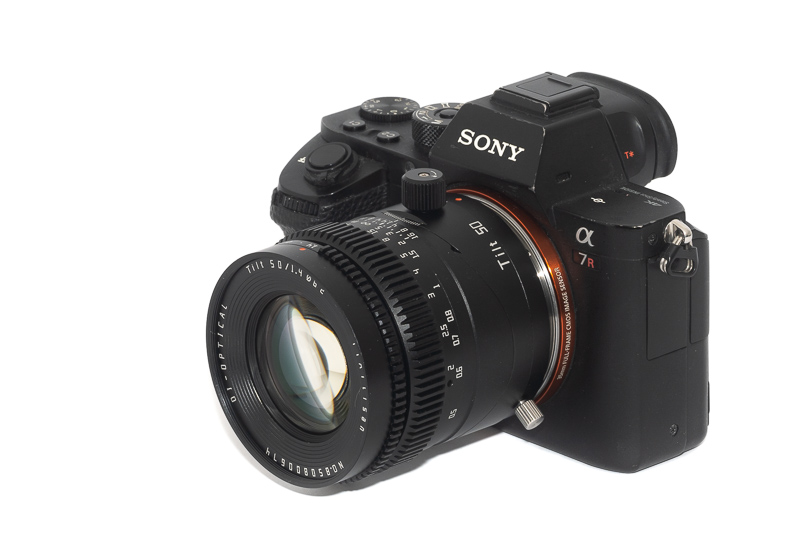
A 50mm 1.4 Tilt lens? Some of you might be having a Deja Vu now, as just recently I reviewed the AstrHori 50mm 1.4 Tilt lens. This TTArtisan 50mm 1.4 Tilt features a completely different optical and mechanical design though, so let’s find out together in this review which is the better lens.
Sample Images





Most of the sample images in this review can be found in full resolution here.
Contents
Specifications
This TTArtisan 50mm 1.4 Tilt is available for E-mount and L-mount. I am reviewing the E-mount version here which has the following specifications:
-
- Diameter: 67 mm
- Field of view: 45° (diagonally)
- Length: 70 mm
- Weight: 451g (without caps)
- Filter Diameter: 62 mm
- Number of Aperture Blades: 12 (inwardly curved)
- Elements/Groups: 7/6

- Tilt range: ±8°
- Close Focusing Distance: 0.5 m
- Maximum Magnification: 1:8.2 (measured)
- Mount: Sony E
You can order this lens from official TTArtisan online shop | amazon.com | amazon.de | B&H | ebay.com | ebay.de starting at $199 (affiliate links)
Disclosure
The TTArtisan 50mm 1.4 was kindly provided free of charge by TTArtisan for reviewing purpose for a duration of 4 weeks.
Handling / Build Quality
Regarding Tilt and what it can be used for best have a look at my article Working with Tilt/Shift lenses.
For those that read my review of the AstrHori 50mm 1.4 Tilt I have to say this at the beginning of this section: this TTArtisan’s build quality is way nicer. The focus ring has a very nice resistance – neither too hard nor too soft – and rotates ~120° from the minimum focus distance of 0.5 m to infinity.
The problem is that the focus ring cannot be turned a lot past infinity. When tilted this is an issue, as you will not be able to focus at all distances in all parts of the frame anymore. Especially when you want to make use of the miniature effect this can be an issue.
The aperture ring is clickless and turns ~120° from f/1.4 to f/16. I am happy to report the stops are arranged equidistantly.
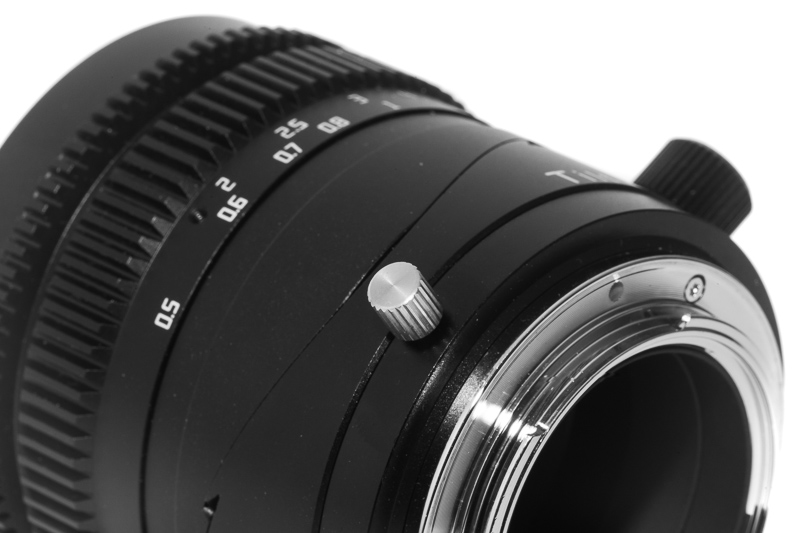
We have a few controls for the tilt mechanism. Close to the bayonet is a small locking knob for the rotation mechanism. The whole lens can be rotated by 90° to allow for tilt in any direction. Compared to other manual tilt/shift lenses it is a bit surprising that the rotation is limited to only 90°, as they can be rotated freely by 360°.
What is even worse: because of the rotation limited to only 90° the lens cannot even be tilted in every direction. If you want to tilt diagonally to the top left or bottom right this is simply not possible. That is a pretty big restriction (read: design flaw).
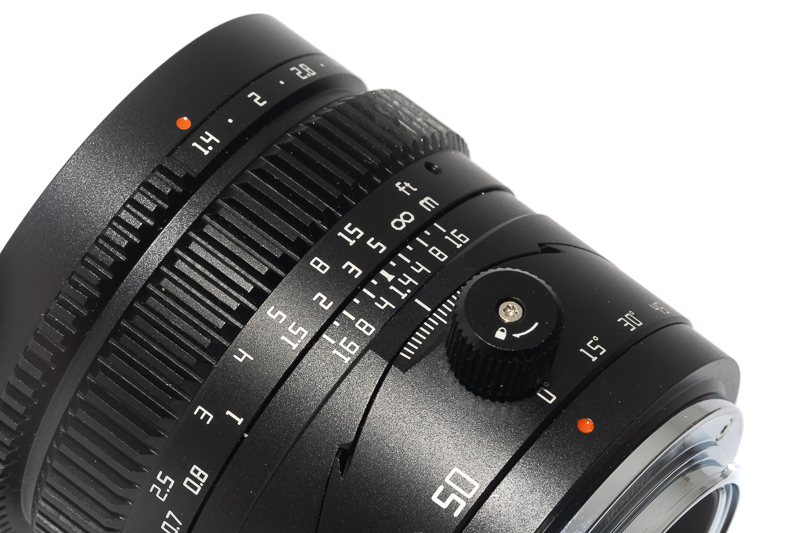
For the actual tilt mechanism we also only have one locking knob. When loosen that knob the front of the lens can freely be tilted by ±8°. So unlike Canon’s and Nikon’s Tilt/Shift lenses this TTArtisan lens does not feature any internal gears connected to a knob on the outside for precisely setting a specific tilt amount. The tilt range does feature click stops for the untilted state and the two ends of the range though, which is a nice touch as it helps properly centering the lens – one of my main issues with the AstrHori 50mm 1.4 Tilt.
There is one issue here though: the tilt mechanism isn’t exactly light tight. The lens can be tilted a bit further than the scale shows (especially at the minimum focus distance) but this will create pretty big light leaks. Even when staying in the official shift range small light leaks can appear at the ±8° setting (especially when the lens is tilted down and gravity is working against you) so I recommend to stay within the ±7° shift range to avoid this.
The TTArtisan 50mm 1.4 Tilt also shipped without a hood.
Vignetting
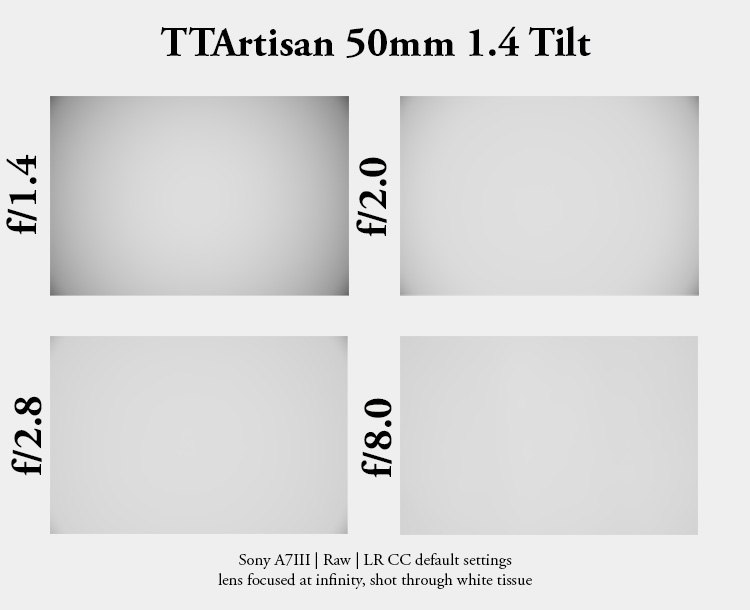
| f/1.4 | 2.4 EV |
| f/2.0 | 1.7 EV |
| f/2.8 | 1.1 EV |
| f/4.0 | 0.8 EV |
| f/5.6 | 0.5 EV |
| f/8.0 | 0.3 EV |
| f/11 | 0.3 EV |
| f/16 | 0.3 EV |
Lenses that allow for Tilt movements should have a bigger image circle than normal 35mm format lenses which usually leads to less severe vignetting. This is mostly the case here and the vignetting figures are overall a bit better than those of the AstrHori 50mm 1.4 Tilt.
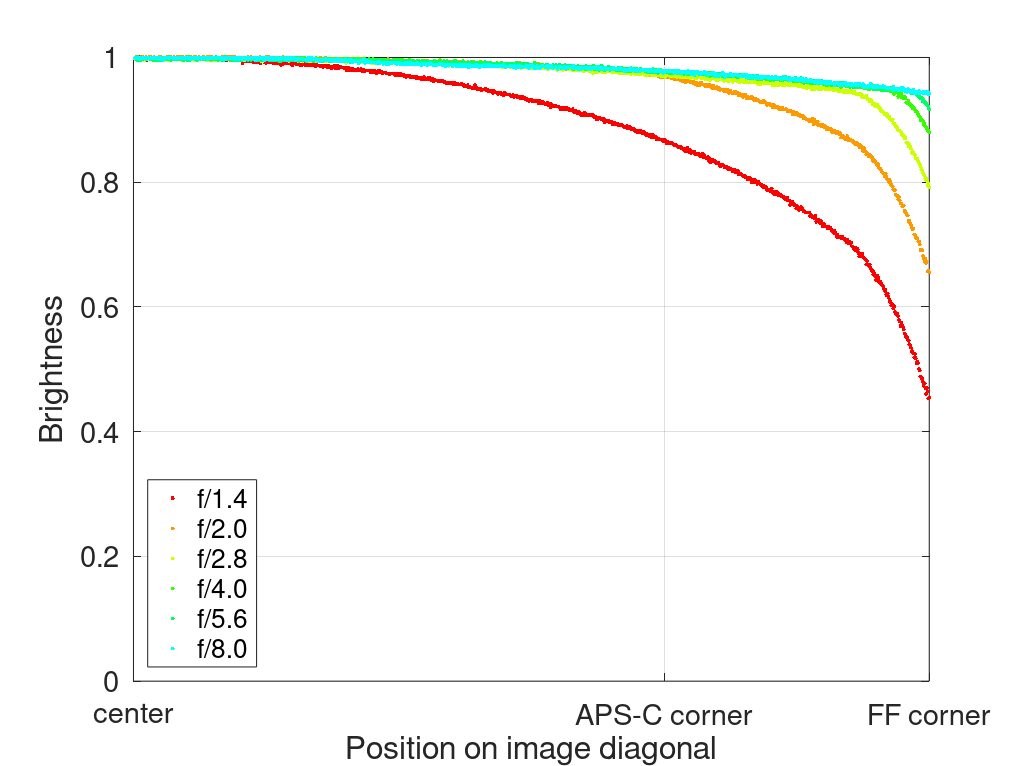
It is recommended to have a look at this article first to get an idea how this brightness graph works.
The AstrHori 50mm 1.4 Tilt has severe vignetting issues with the lens fully tilted. Luckily this is much less of an issue here:
Sony A7rII | TTArtisan 50mm 1.4 Tilt | focused at infinity
Sharpness
Focus shift
100% crops, A7rII
With some lenses the plane of optimal focus shifts on stopping down and this TTArtisan 50mm 1.4 Tilt unfortunately is one of those lenses. The jump between f/2.8 and f/4.0 is quite significant, so with this lens when using apertures between f/2.8 and f/5.6 better make sure to stop down first and focus afterwards.
infinity (42mp Sony A7rII)
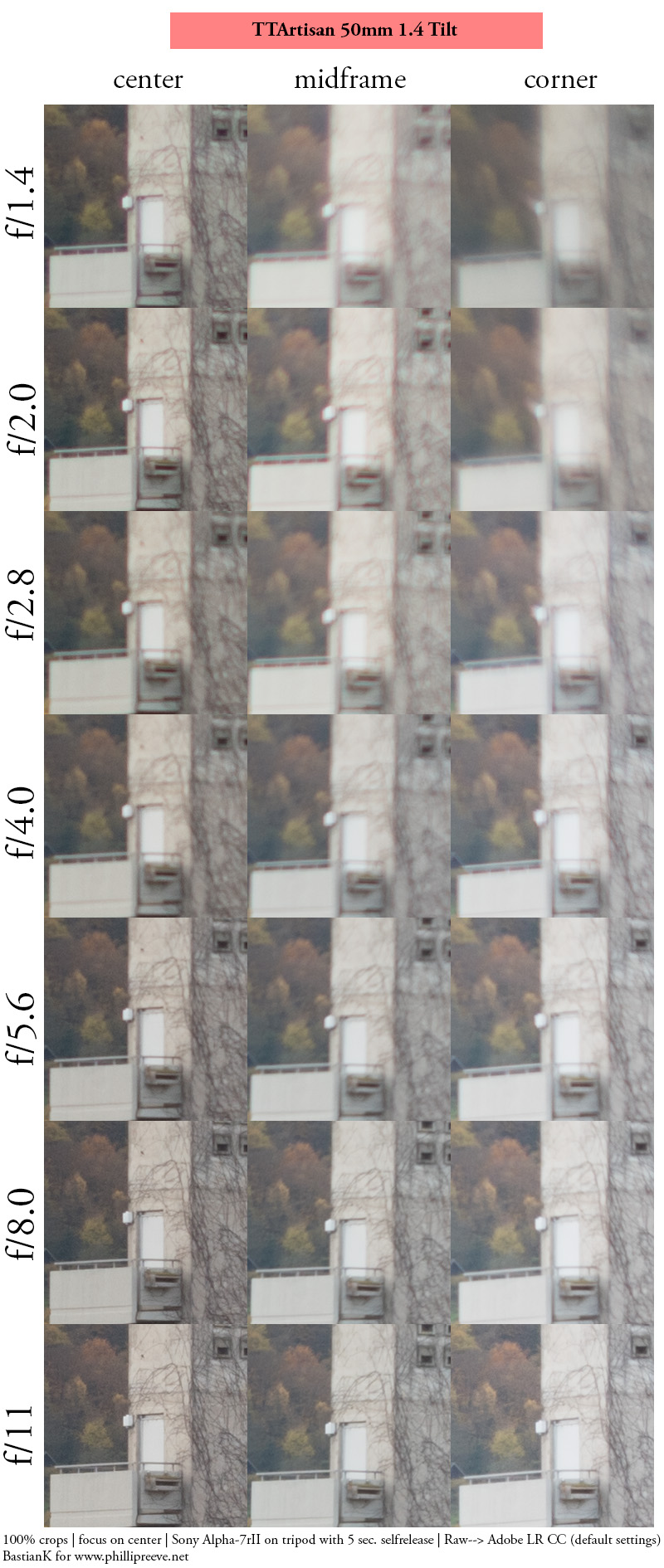
The AstrHori 50mm 1.4 Tilt was a bad performer in this category and I really expected the TTArtisan to perform better here. Unfortunately this is not the case and the midframe might even look at bit worse here at wider apertures.
Again not a lens I would want to use for demanding landscape/architecture shooting – even stopped down – but probably this also isn’t the application the designers had in mind for it.
So maybe here the performance is better at portrait distances? Let’s find out in the next section.
portrait distance 1.4 m (42mp Sony A7rII)
For portraiture it isn’t so important how flat the field is (and we have seen it isn’t flat at all at infinity), it is more interesting to see what the sharpness is like when focused at different parts of the frame to take field curvature out of the equation.
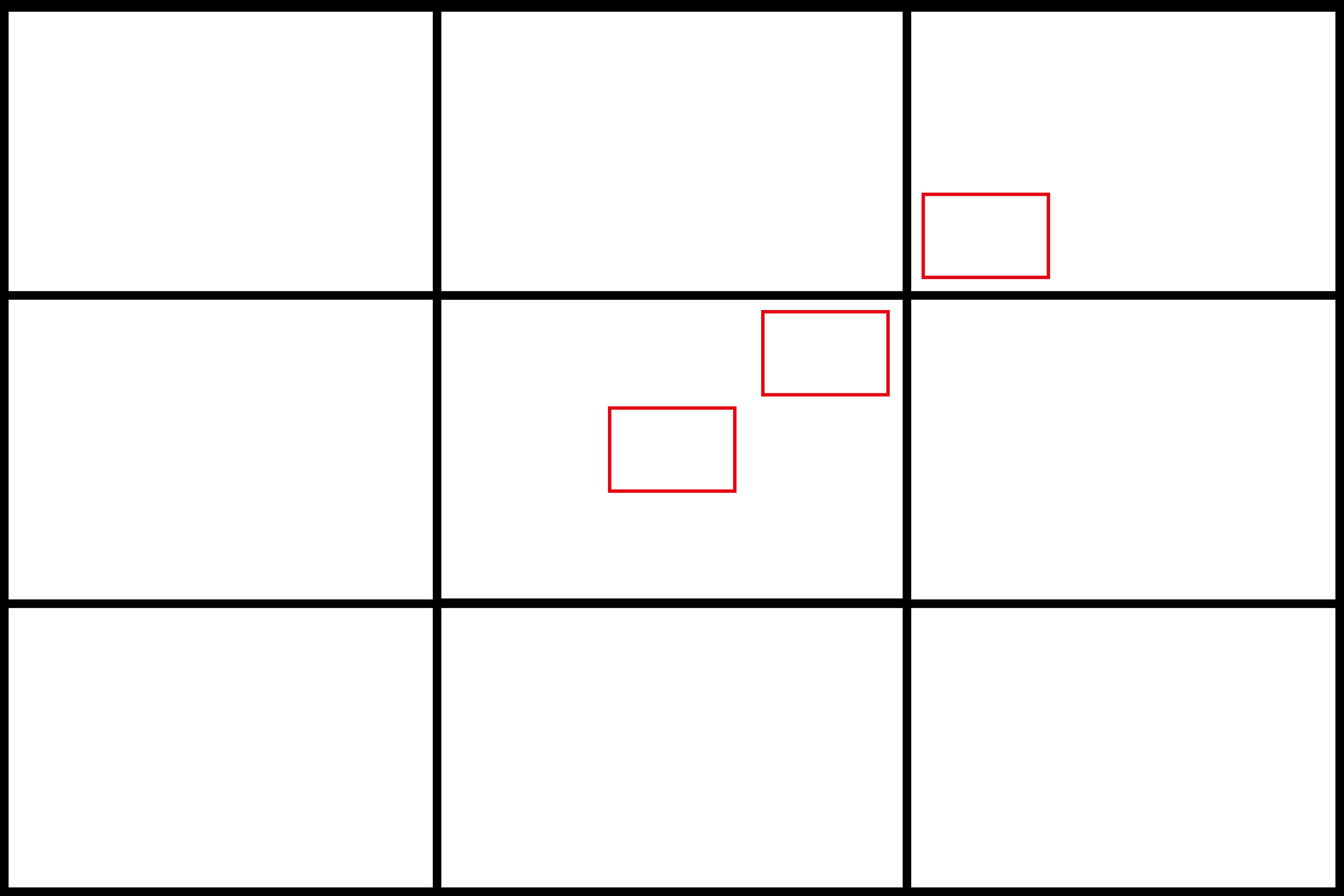
We will be looking at 100% crops from the 42mp Sony A7rII again.
Unfortunately the situation is even worse at typical portrait distances. The lens is seriously soft at f/1.4 so using f/2.0 might not be a bad idea. If your main subject is located in the outer midframe area this might actually not be enough.
close (0.50 m, 1:8.2, 42mp A7rII)
100% crops from center, A7rII, refocused for every shot.
At or near the minimum focus distance the situation is hardly any better. Not too surprising for a lens without a floating elements design. Stopping down is recommended for increased contrast.
Flare resistance
The AstrHori 50mm 1.4 Tilt was a big surprise in this category, so can the TTArtisan 50mm 1.4 Tilt compete? In terms of ghosting it is also doing a good job, but veiling flare can be an issue unfortunately. Including a hood might have helped here.
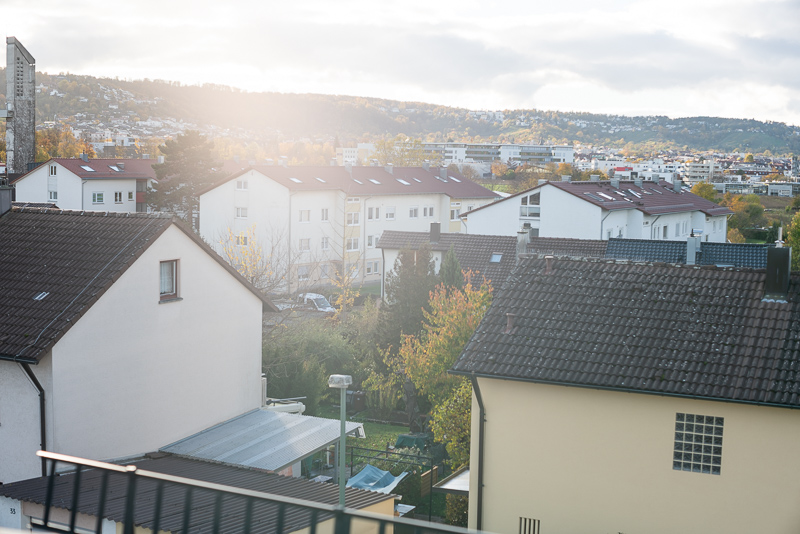
In backlit scenarios you will often encounter a significant loss of contrast:

Distortion
Sony A7rII | TTArtisan 50mm 1.4 Tilt | f/2.0 | untilted
Interestingly this TTArtisan 50mm 1.4 Tilt shows a similar distortion patter as the AstrHori 50mm 1.4, so mild barrel distortion which is mostly uniform. Dialing in +6 in Lightroom/Photoshop is doing a very good job at correcting this.
Bokeh
Untilted

The TTArtisan 50mm 1.4 Tilt is a pretty standard double gauss design and this also shows in the bokeh rendering, as it is similar to many of the old legacy lenses. Soft at close distances but already a bit nervous at medium distances and with a bit of outlining and also some deformed shapes of highlights towards the corners.


In the untilted state: pretty standard, also at longer focus distances.


Tilted
As already written in my review of the AstrHori 50mm 1.4 Tilt: many people think by tilting a lens the depth of field can be increased, but technically this isn’t true, the plane which is in focus is simply tilted. Still, in a given scene this tilt can be used to either give the impression of an increased depth of field and an angled bookshelf is a really great example to showcase this:
Sony A7III | TTArtisan 50mm 1.4 Tilt | f/1.4
The depth of field can also be manipulated in a way that it looks reduced (at least in parts of the frame), as in these three examples:
Sony A7III | TTArtisan 50mm 1.4 Tilt | f/1.4
Sony A7III | TTArtisan 50mm 1.4 Tilt | f/1.4
Sony A7III | TTArtisan 50mm 1.4 Tilt | f/1.4
What is also apparent from the first and third example: if you tilt the lens a lot and your subject is close to the center of the frame some parts of the frame may be more in focus than in an untilted shot. This is why making good use of tilt for e.g. portraiture is not an easy thing to do, it takes a lot of patience and practice as well as good positioning and thoughtful choice of background.
Sunstars
This TTArtisan lens uses 12 aperture blades – just like the AstrHori – but their shape is different as they are slightly inwardly curved here. Between f/5.6 and f/16 they create surprisingly nice sunstars. If you want to know more about sunstar rendering of different lenses have a look at this article.
Chromatic aberration
lateral
100% crops from border, A7rII, f/11.0
Lateral CA are on a low level so easily corrected in a raw developer.
longitudinal
The TTArtisan shows an average amount of longitudinal CA, mainly some green outlining in the background:
Purple fringing is also present, but not as bad as it was with the AstrHori 50mm 1.4 Tilt:
Alternatives
AstrHori 50mm 1.4 Tilt:
This is the most obvious alternative as it offers the same combination of focal length, maximum aperture and tilt function and is even priced the same. The optical and mechanical differences are significant though: the AstrHori lens is simply a sharper lens and the flare resistance is also better – and I didn’t notice light leak issues. The TTArtisan on the other hand has significantly better ergonomics and vignetting is not such a big issue when the lens is tilted. Both lenses have noticeable but different flaws, so it depends more on your personal needs which lens would be better for you.
buy from amazon.com | amazon.de | ebay.com | ebay.de starting at $199 (affiliate links)
There are also more sophisticated Tilt/Shift lenses available. These lenses are bulkier, more expensive and slower, so not neccessarily direct competitors. They also generally offer superior image quality as well as more refined and accurate controls, the cheapest of these lenses is the:
Canon TS-E 45mm 2.8:
This Canon lens is more than 30 years old now and the cheapest entry in the world of “professional” Tilt/Shift lenses. It also has some drawbacks, so best have a look at my review for a detailed description.
buy used from ebay.com/ebay.de starting at $500 (affiliate links)
If you are not overly interested in the tilt mechanism you can also have a look at our 50mm guide, where you will find many different 50mm options being discussed.
Conclusion
good
|
average
|
not good
|
At the end of the day this lens was a bit of a negative surprise. I really wonder about the subpar sharpness performance coupled with the strong focus shift – this might be the worst TTArtisan lens in this category so far. It is so bad, I actually checked other reviews to see if I might have received a defective sample, but they also didn’t show a better performance. And I wonder about the light leaks, such slip ups are very untypical for lenses from the DJ-Optical factory. I also wonder why the lens cannot be rotated by 360° (it is not like there are any flat ribbon cables to be found here which are the reason the Canon TS-E lenses can only be rotated by 90°).
The TTArtisan 50mm 1.4 Tilt can be bought for $199, same as the AstrHori 50mm 1.4 Tilt. Which is the better lens? I honestly fail to see a clear winner. The AstrHori was a pain to use due to its mechanical design, but the optics were mostly fine. The TTArtisan on the other hand was more fun to use, but its optical performance simply isn’t good and there are several mechanical design flaws.
I really wonder what happened here, as TTArtisan has proven they can do much better than this in the past. Therefore this lens feels a lot like a rushed answer to the AstrHori 50mm 1.4 Tilt, released merely to not give up any market share to this new competitor.
Update 02/24: according to this source it seems there has been a silent update to this lens. It can now be fully rotated and also the light leak seems to not be present anymore with new sample.
You can order this lens from official TTArtisan online shop | amazon.com | amazon.de | B&H | ebay.com | ebay.de starting at $199 (affiliate links)
Sample Images
Untilted
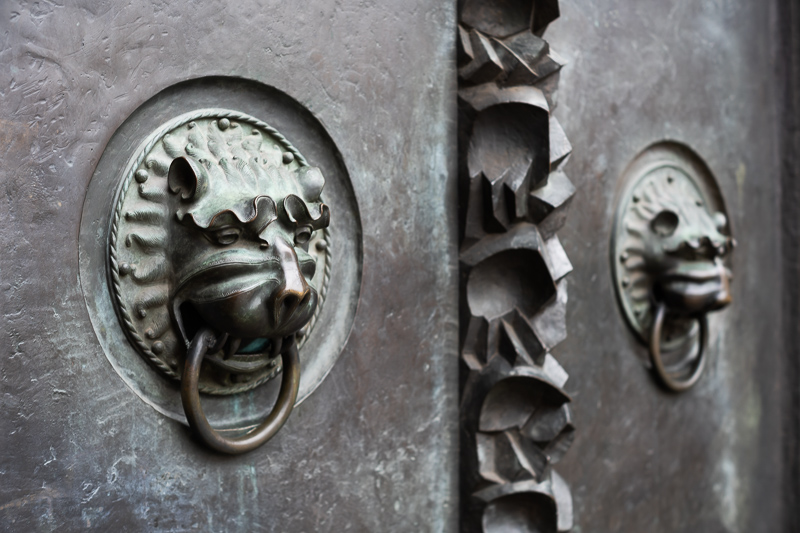
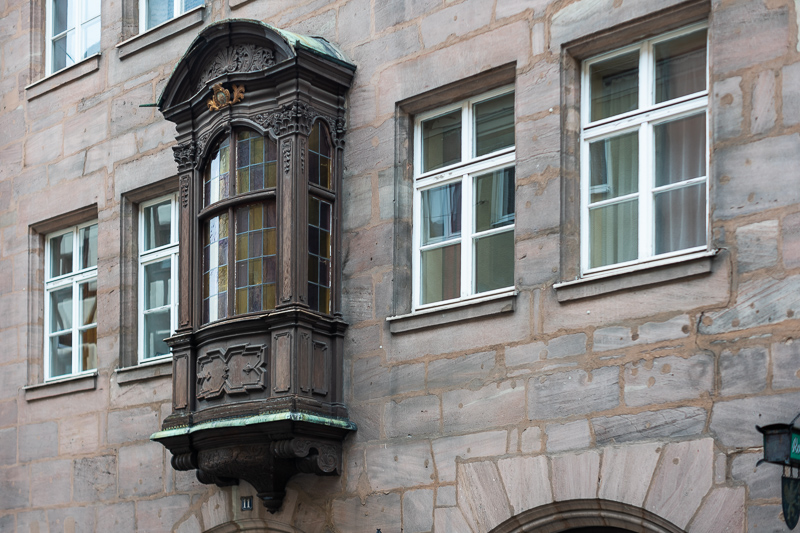
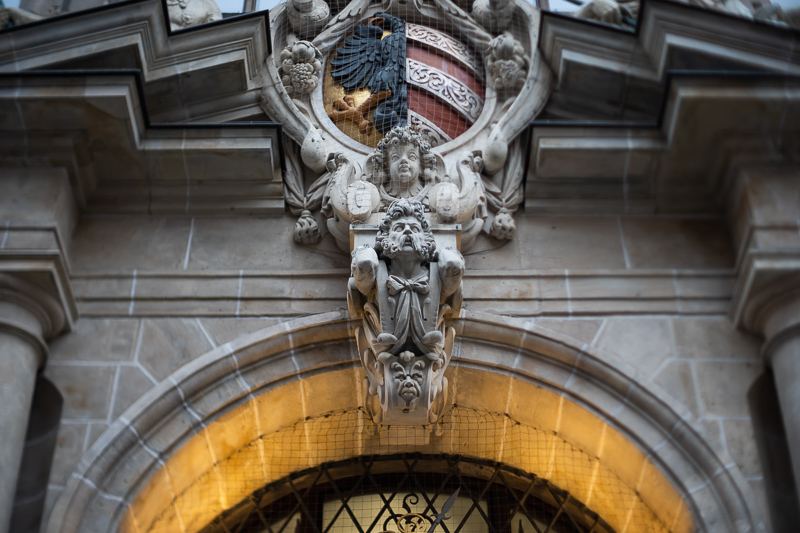
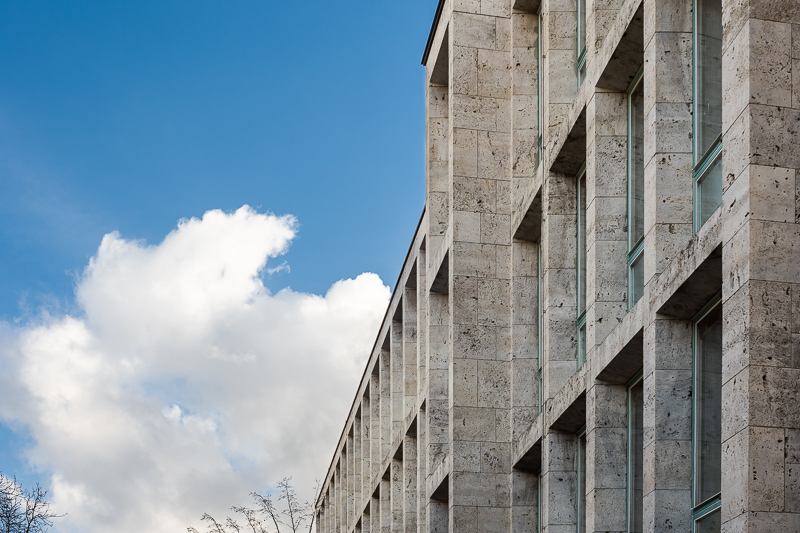
Tilted



Most of the sample images in this review can be found in full resolution here.
Further Reading
- Sony FE lenses: Our comprehensive and independent guide
- Tripods for mirrorless cameras
- Review: Sony FE 85mm 1.4 GM
- Review: Voigtlander VM 50mm 1.2 Nokton
Support Us
Did you find this article useful or just liked reading it? Treat us to a coffee!
![]()
![]()
![]() via Paypal
via Paypal
This site contains affiliate links. If you make a purchase using any of the links marked as affiliate links, I may receive a small commission at no additional cost to you. This helps support the creation of future content.
Latest posts by BastianK (see all)
- Review: Nikon 58mm 1.2 Ai Noct-Nikkor - June 1, 2025
- Review: Zeiss 18mm 3.5 Distagon ZF.2 - May 28, 2025
- Review: Voigtländer VM 40mm 2.8 Heliar - May 25, 2025

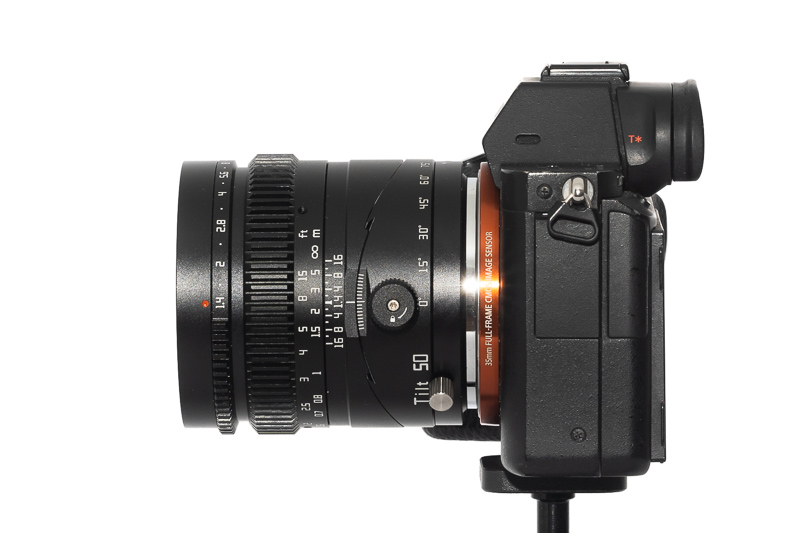
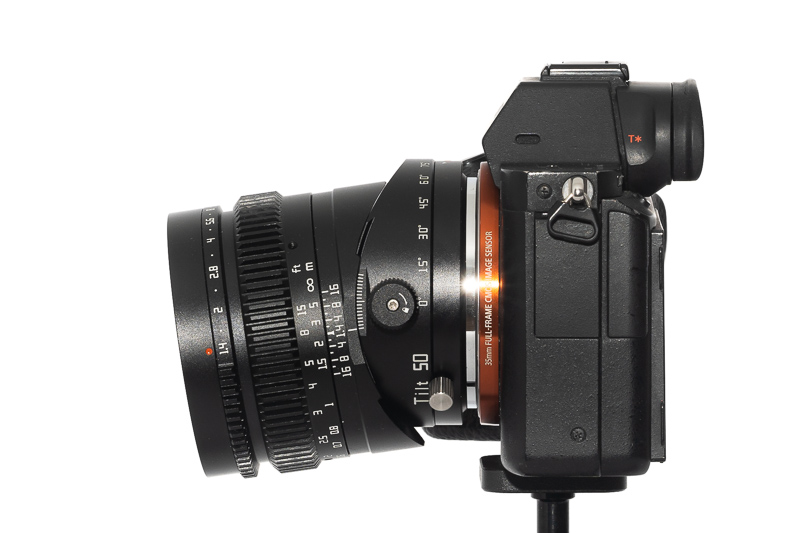
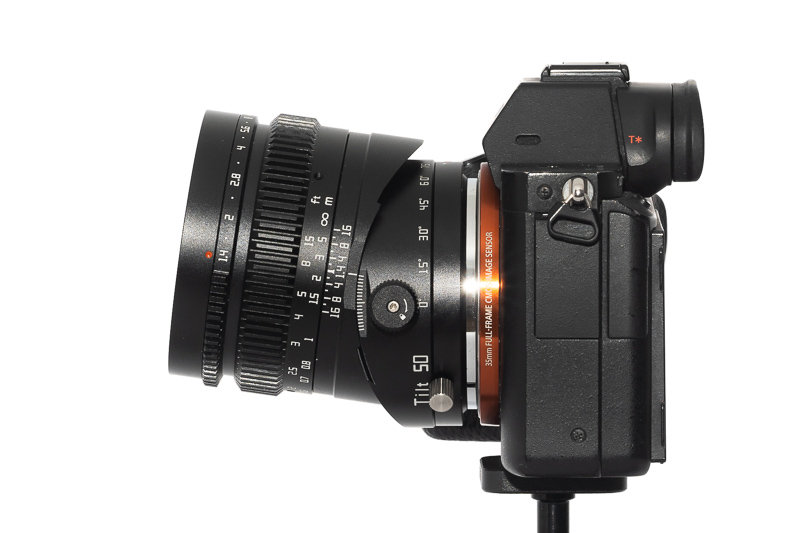

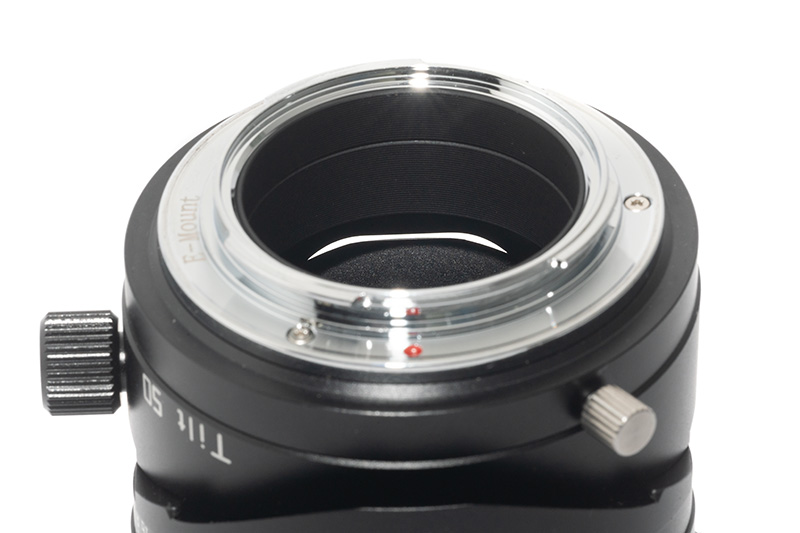
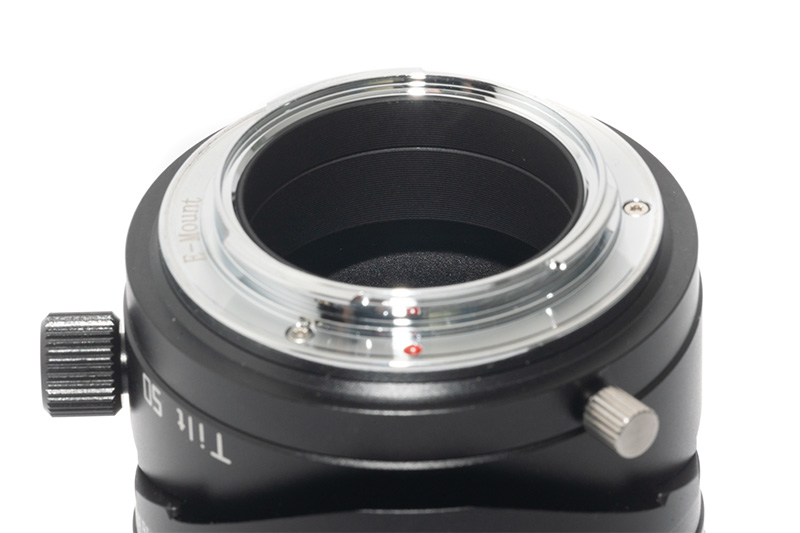



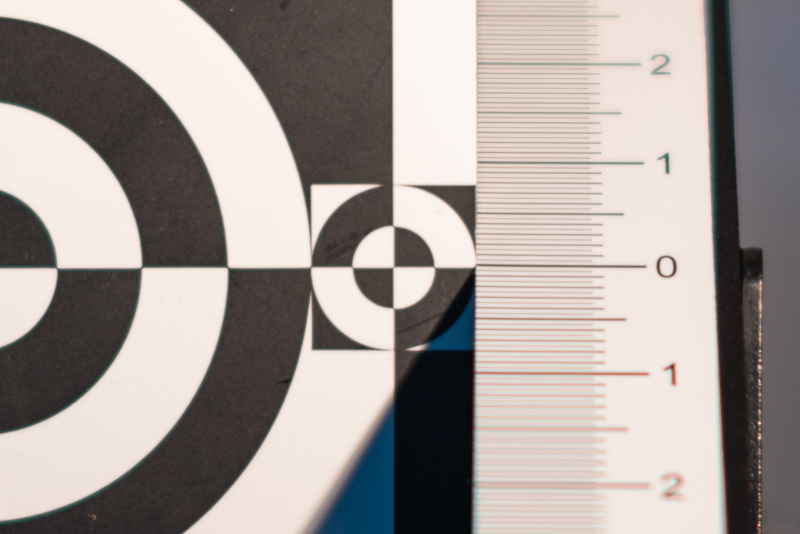
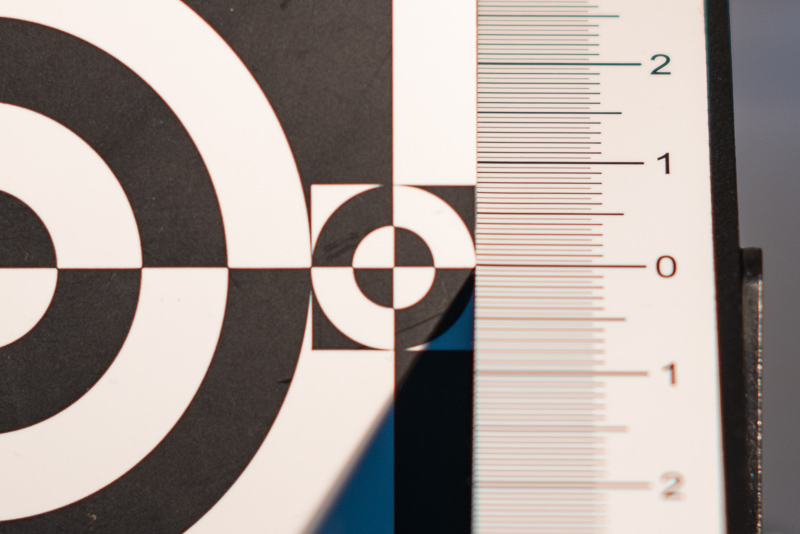
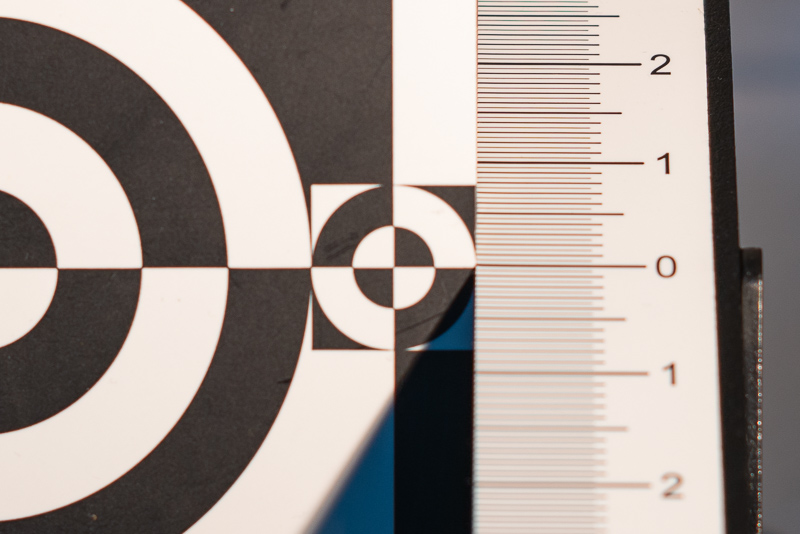
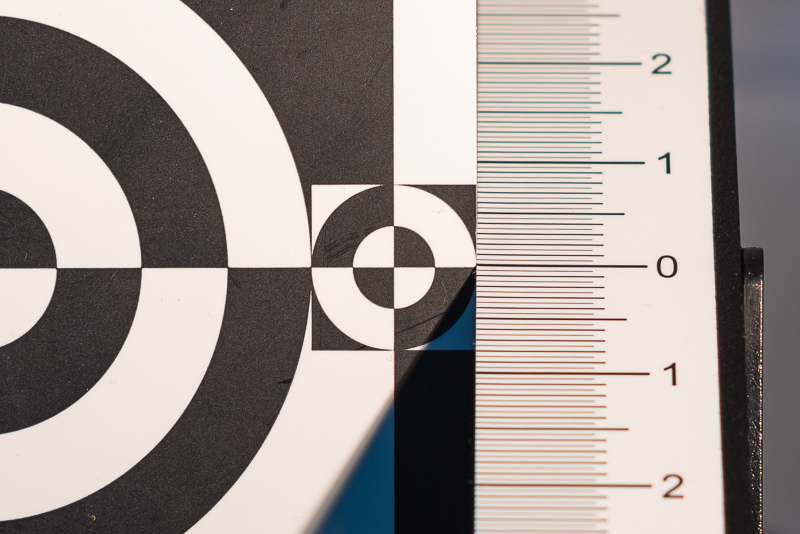











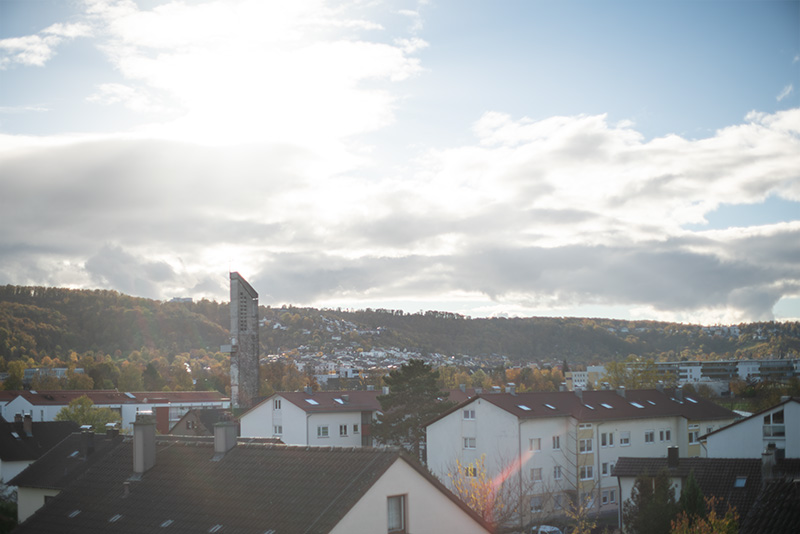
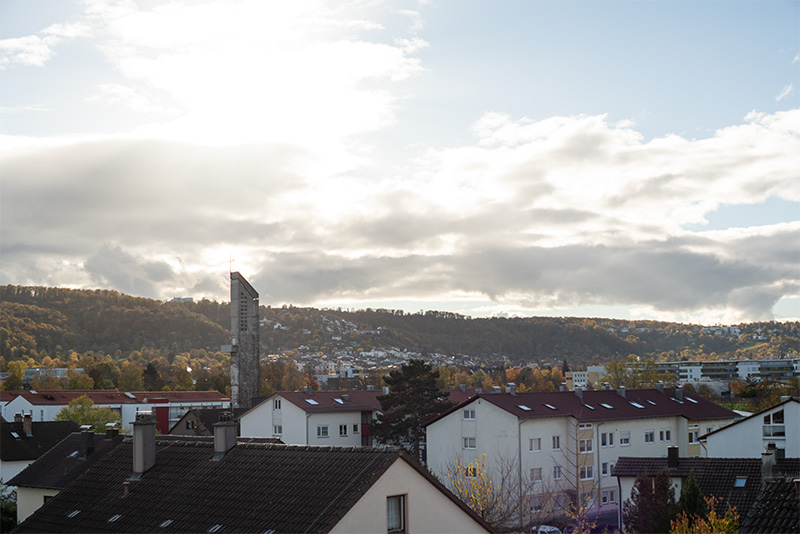
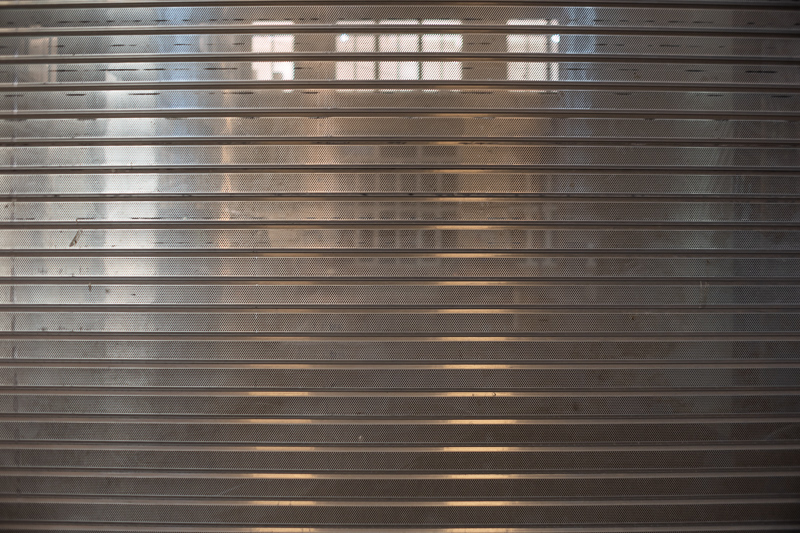
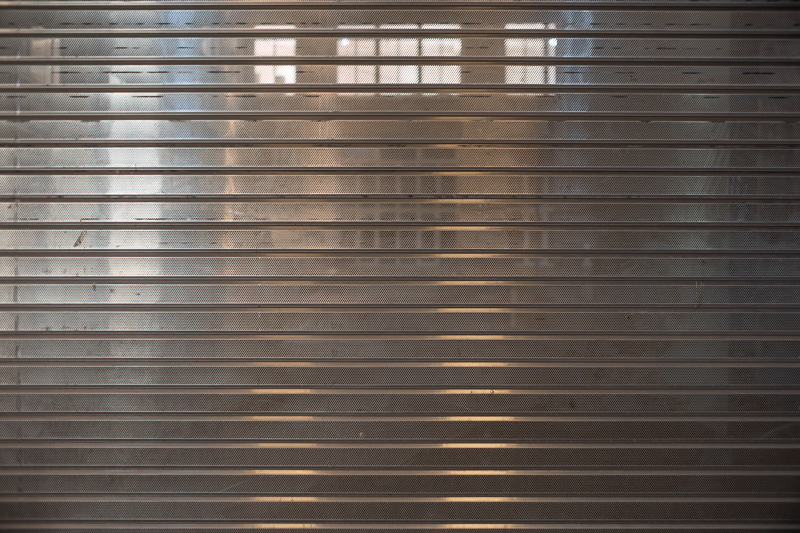




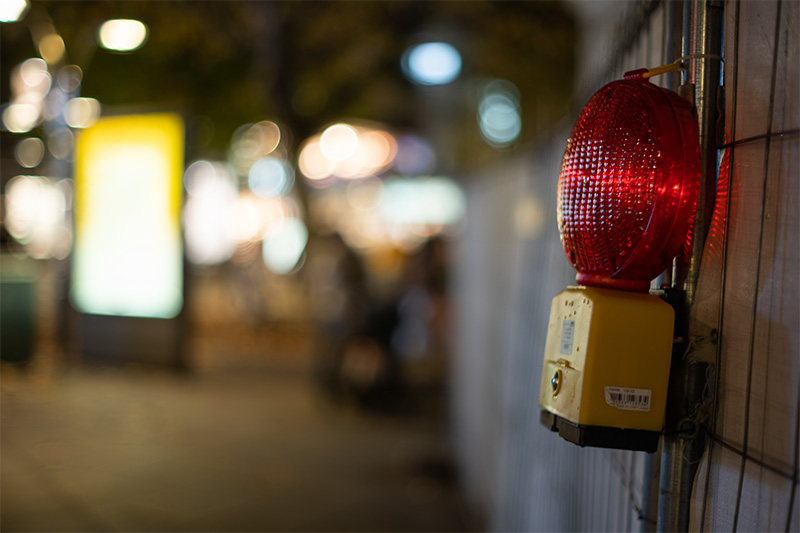

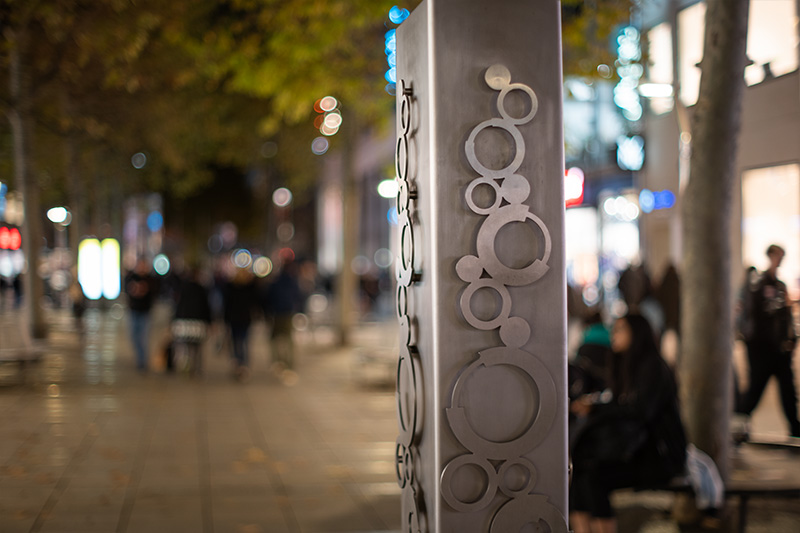
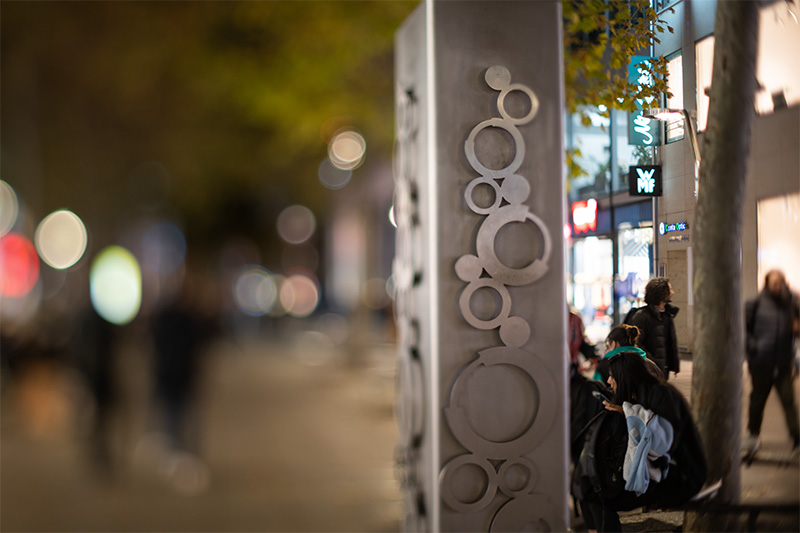

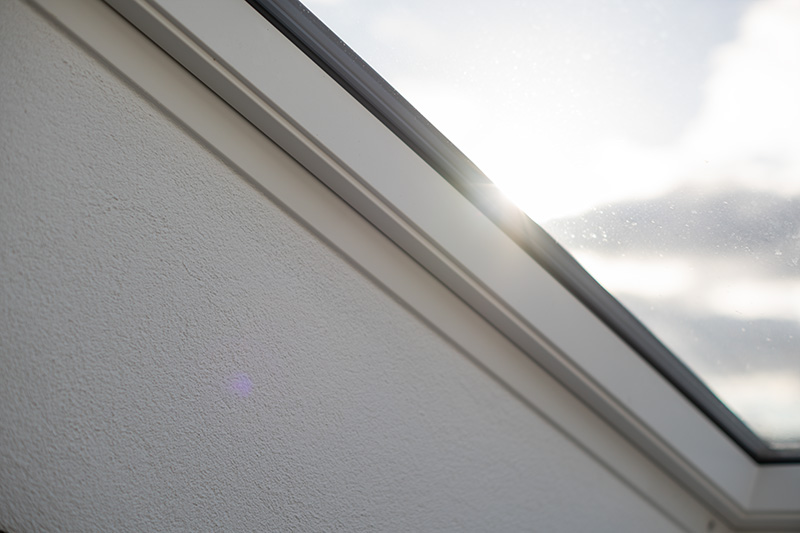
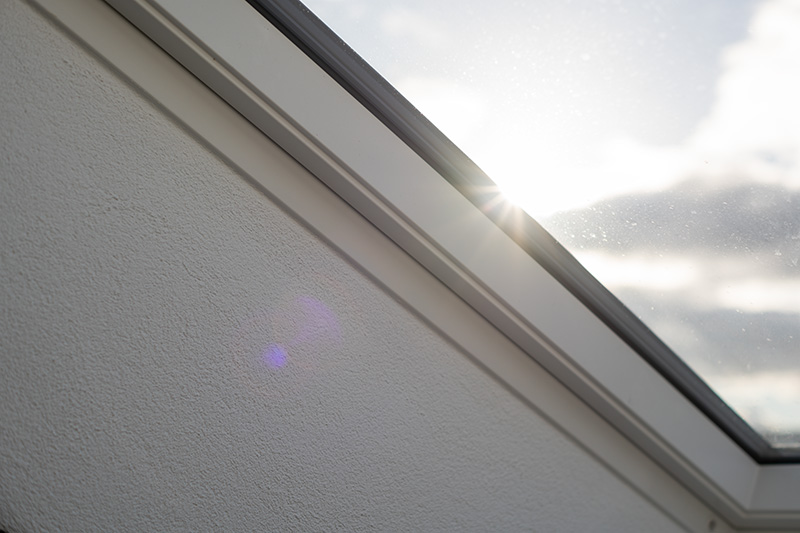
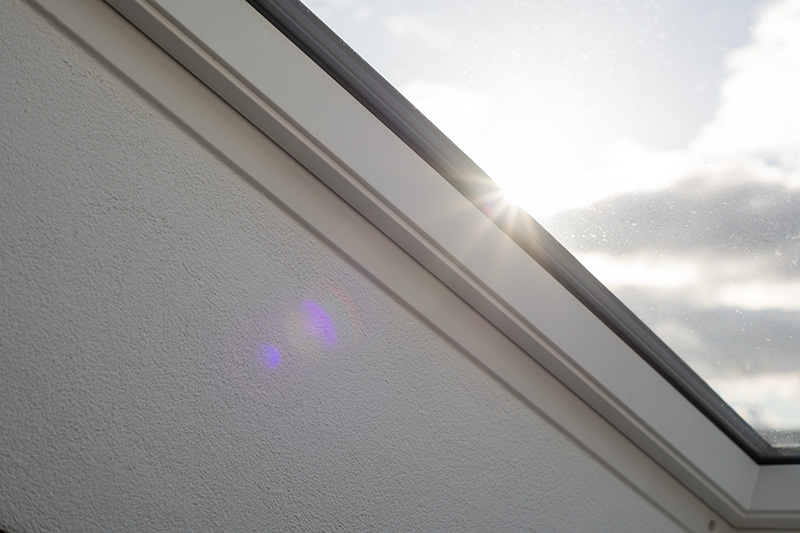
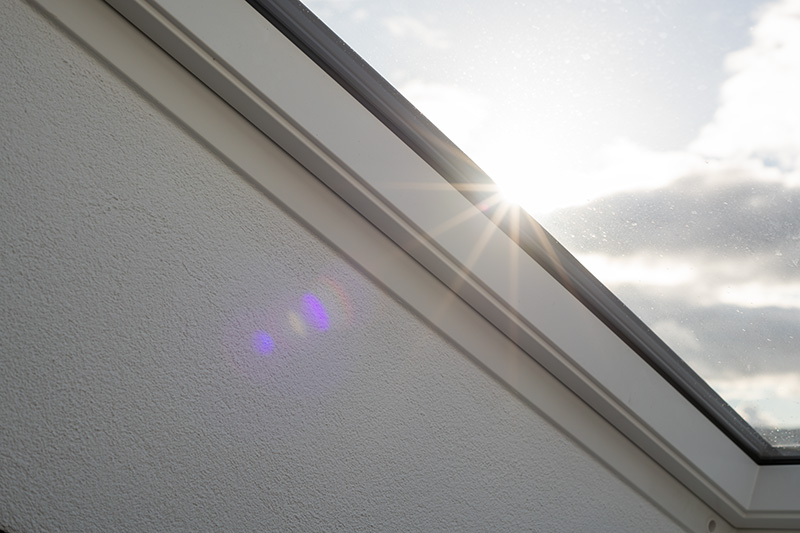
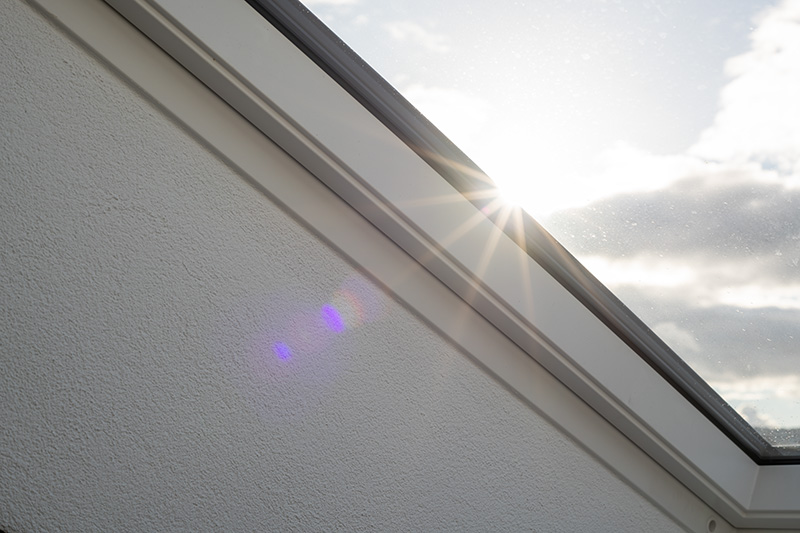
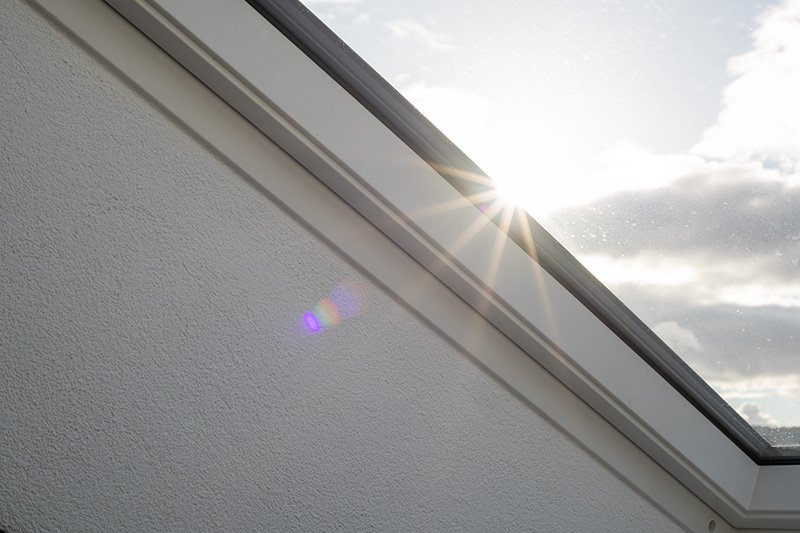

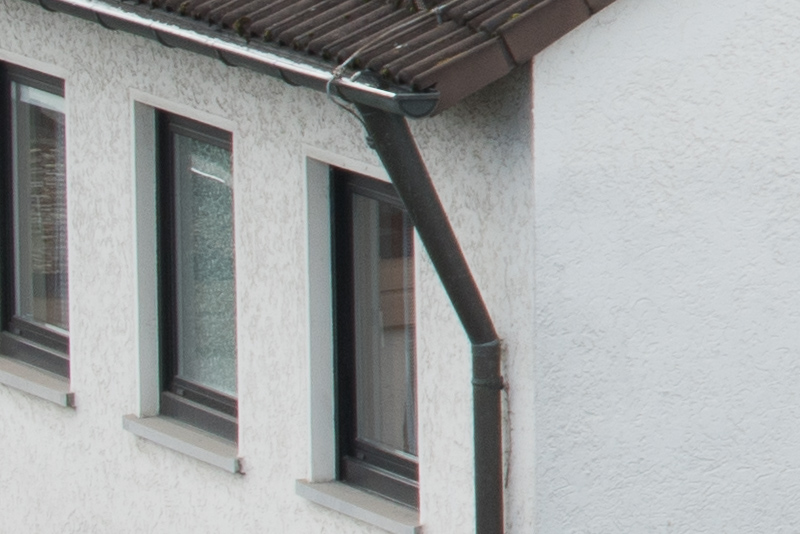


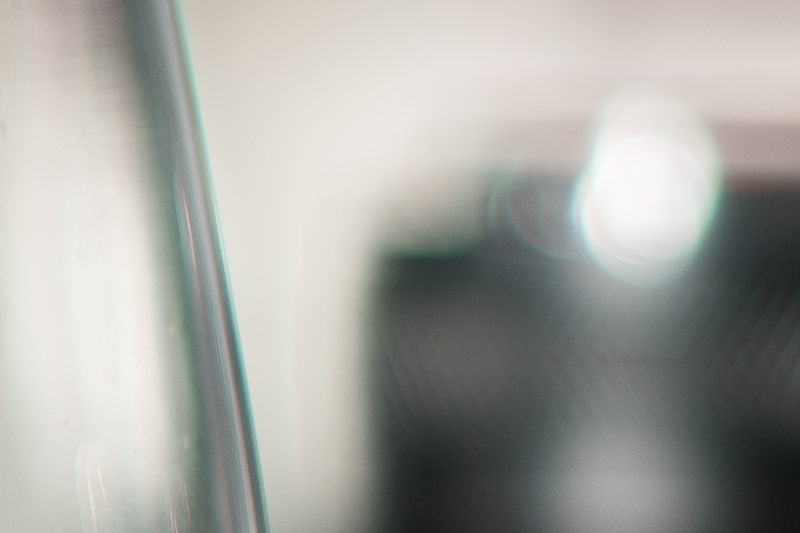
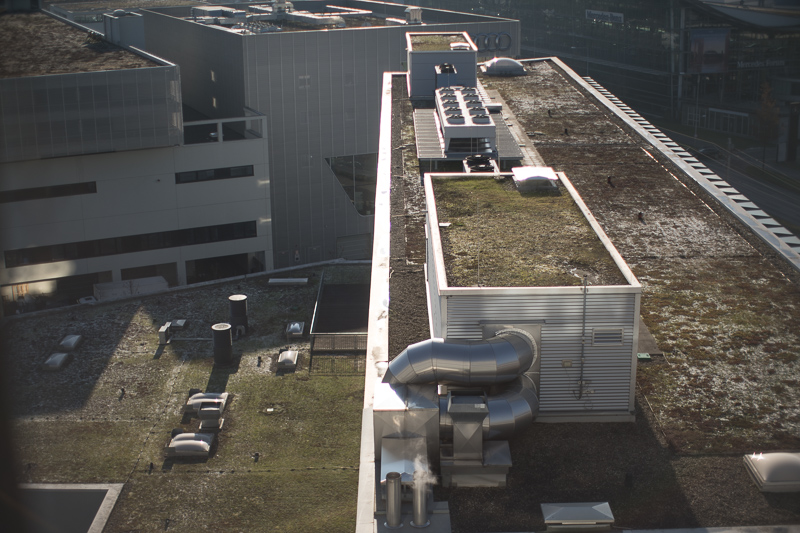
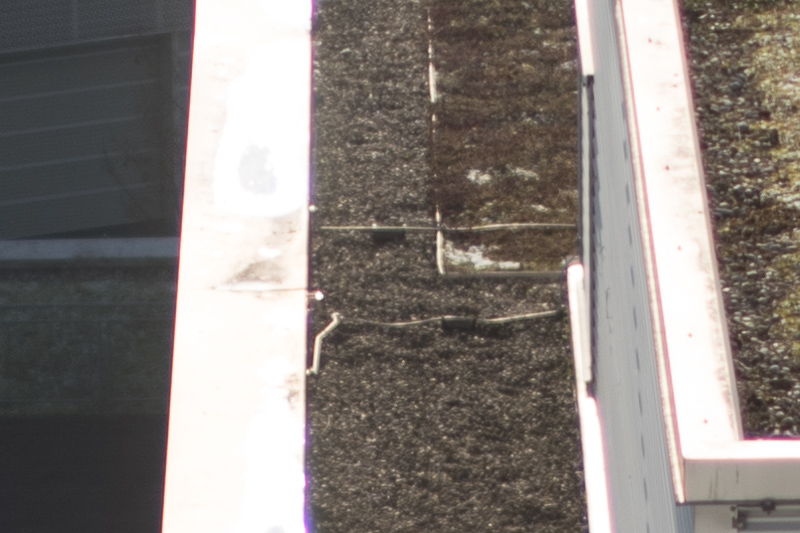
I’ve been using an Olympus OM 50mm f/2 Macro with a T/S adapter for about 6 years. This kind of performance isn’t going to change that.
the same applies for my tilt-adapted Micro Nikkor 50mm f3.5 , Tokina ATX 90mm f2.5 macro, AIS 24mm f2.8, Vivitar close focus 28mm f2.8 (Komine) or Vivitar Close focus 1:2 135mm f2.8 (4 lenses also great UV performance) the older Samyang MF 85 f1.4 mm (200 euro) is the most interesting of the whole bunch. The Pallas 50mm f1.8, Takumar 55mm f1.8. Helios 44 58mm f2 are great as well. Nikkor AIS ED 180mm f2.8 So there are quite some suitable vintage lenses with a cheap adapter. Pallas + Adapter costs only 5€ + 40 € on adapter.
Hi, what adapter do you use for this? Thanks.
I suppose your assumption is correct, that they rushed this thing up in order to compete with other brand. If that is the case (I find it hard to imagine that it isn’t), that just shows how fast they can design a lens and set a production line. Too fast to be good, so I imagine they had to improvise a lot and use an inadequate optical design, use any glass available, and they didn’t even have time to correct obvious design flaws (like allowing the lens to be open and let the light and dust inside).
Before I’ve read the review I thought that TTArtisan will be the better of the two, and in worst case scenario at the similar level (but then I didn’t think about the strange timing). I hope they decide to make a proper lens for the next iteration, it’d probably cost twice as much (which would still make it cheap), and that’s something I’d be interested in. Similar level of performance to their 50mm F1.4 lens (relatively speaking, of course, considering extra complexity) and a tilt mechanism, with better body design – what’s not to like?
I had the same assumption as you did, so we have both been proven wrong I guess 🙂
Seems it’s best to wait for an improved mk. 2 version.